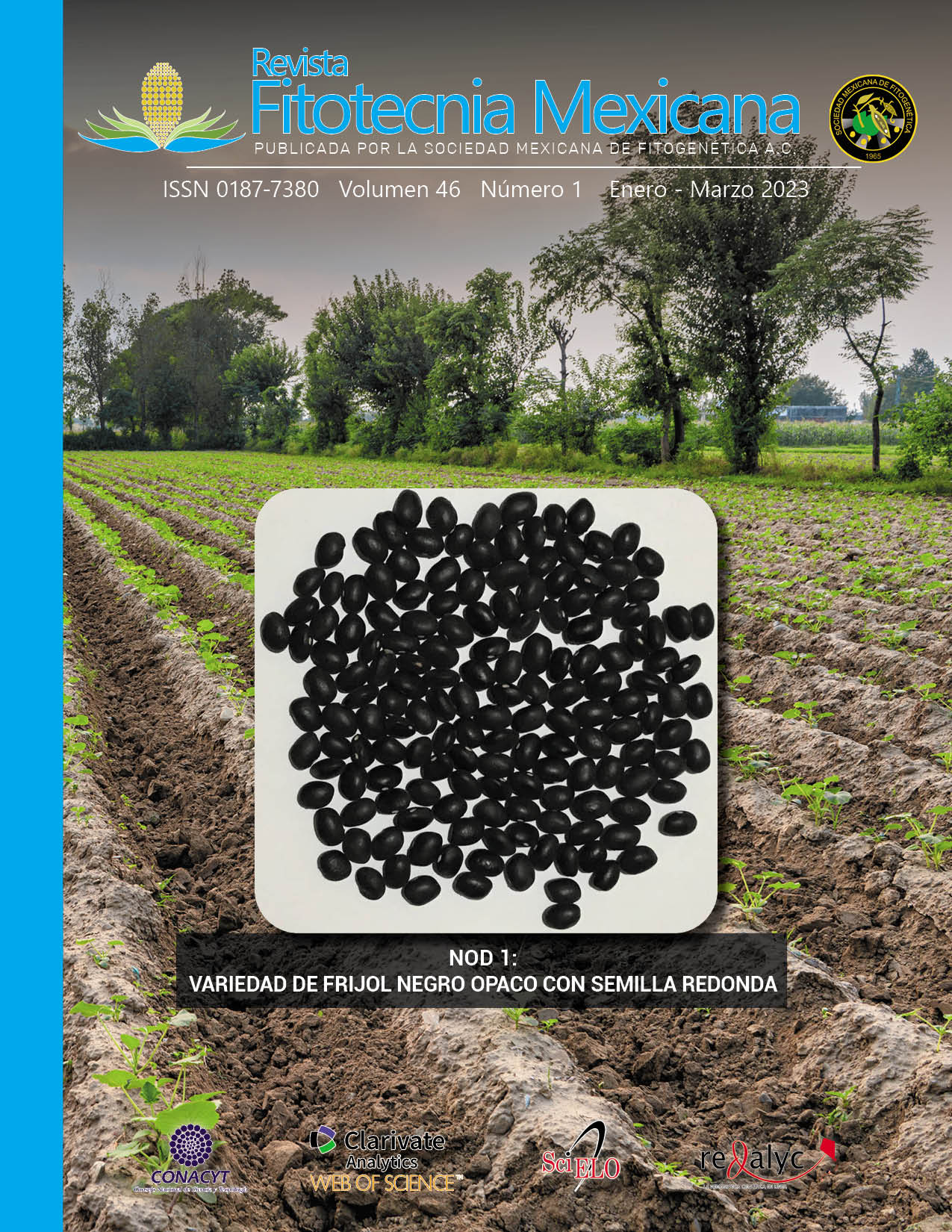BIOACTIVE COMPOUNDS IN CULTIVATED AND WILD FRUITS OF Physalis spp.
Main Article Content
Abstract
Nutraceuticals are bioactive compounds found in plant-based food, they provide color and aroma, their consumption prevents diseases and confers health benefits; many of them belong to the group of secondary metabolites (specialized metabolism products), some participate in protection of biotic and abiotic factors. Physalis has high diversity of these compounds. This research aimed to quantify bioactive compounds (carotenoids, sapogenins, total phenolic compounds, anthocyanins) and the antioxidant activity of fruit extracts from 11 populations of P. ixocarpa, P. peruviana, P. angulata, P. lagascae and P. nicandroides. Plants were grown in a greenhouse with hydroponic system. A randomized complete block design with four replications was used. Fruits were harvested at consumption maturity. Color parameters, secondary metabolites and antioxidant activity were evaluated. The concentration of carotenoids, sapogenins, phenolic compounds, anthocyanins and the antioxidant activity differed between populations (P ≤ 0.05). Physalis nicandroides had the highest concentration of carotenoids (762.15 µg 100 g-1 FW) and P. peruviana the highest of sapogenins (59.56 mg DE 100 g-1 FW). The positive correlation between chroma and sapogenin concentration (0.77), and between the concentration of phenolic compounds and antioxidant activity (0.74) was highly significant (P ≤ 0.01). The populations evaluated have a high content of bioactive compounds and high antioxidant activity (51 to 71 % of ABTS free radical inhibition).

